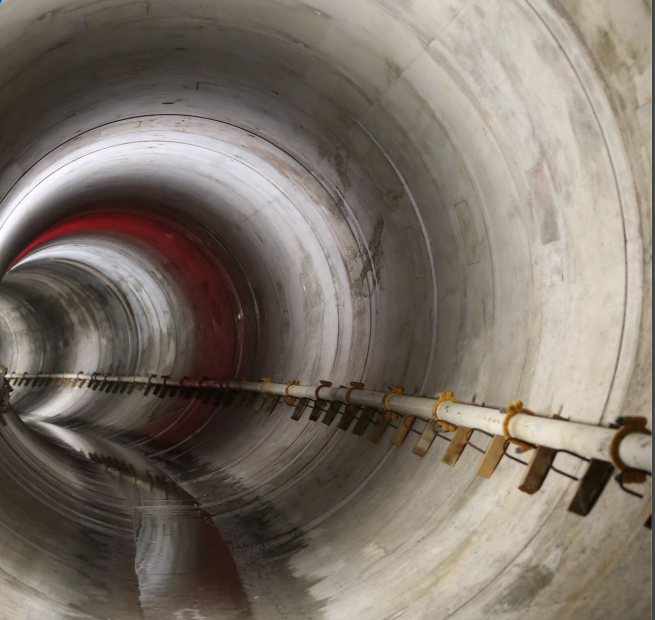
Delaware Aqueduct shutdown plans set again, for October
| April 29, 2024
Third time’s the charm.
Or at least that’s what the people in charge of the New York City reservoirs — and the leaky Delaware River aqueduct — are hoping.
The shutdown to repair the aqueduct is set for Oct. 1, to be completed by June 1, 2025.
The twice-postponed project seeks to repair a minor leak near Warwarsing in Ulster County, N.Y., and a major leak under the Hudson River, which is the path used to get Delaware River water to New York City.
The leaks can release upwards of 35 million gallons per day.
About 50 percent of New York City’s drinking water comes from the three Delaware River reservoirs: Cannonsville, Pepacton and Neversink. They all empty into the Roundout Reservoir and then the water makes its way via mostly underground tunnels to New York City.
At a meeting on Monday of the group set up to ensure there’s the right amount of water in the river for fish and people (the Regulated Flow Advisory Committee, one of the advisory committees set up by the Delaware River Basin Commission), the chair of the RFAC, Jennifer Garigliano, gave a report on the project, similar to ones she has given before.
See our previous coverage:
Garigliano is also the director of Water Resources Management for the New York City Department of Environmental Protection. She will be talking about the project at this Thursday’s meeting of the Upper Delaware Council.
Communities in the Delaware River watershed must share the river’s water, according to a U.S. Supreme Court Decree in 1954, which gave New York City the right to take the water, but it also had to provide the right amount of water for downstream communities in New York, Pennsylvania and New Jersey that depend on the Delaware River for their drinking water.
The plan for NYCDEP to draw down the three Delaware River reservoirs by about 30 percent raises lots of questions from those downstream communities that could be affected by the shutdown.
Before the shutdown, releases are planned that will swell the amount of water coming down river before Oct. 1, though the plans presented on Monday — and previously — suggest that the excess water will be in line with a complicated system of water releases developed by this committee.
“The fishing will be good,” suggested Amy Shallcross, Delaware River Basin Commission’s manager of Water Resource Operation.
Shallcross presented DRBC’s analysis of the possible risks of the project, which are basically drought and floods.

That analysis suggested a fairly low risk of drought, which is the risk in the early phase of the project, and a minor risk of flooding for the later stages.

The outlook looks pretty intense.

There are lots of models and predictions that NYCDEP will be relying on, but each “go/no-go” decision will be made by people, not machines.
If there’s a reason to halt the project, it can take a week or up to nine weeks to make that happen, depending on whereabouts the work is.
For many adjacent to the river, the biggest concern is flooding. The graphic below presented by Shallcross, aims to outline the possible risks.

Garigliano pointed out that no one really knows what sort of weather we’ll be having. “If anyone has access to a crystal ball, please let me know,” she said.
For more information, check out: https://www.nj.gov/drbc/programs/flow/nyc-aqueduct-shutdown.html






